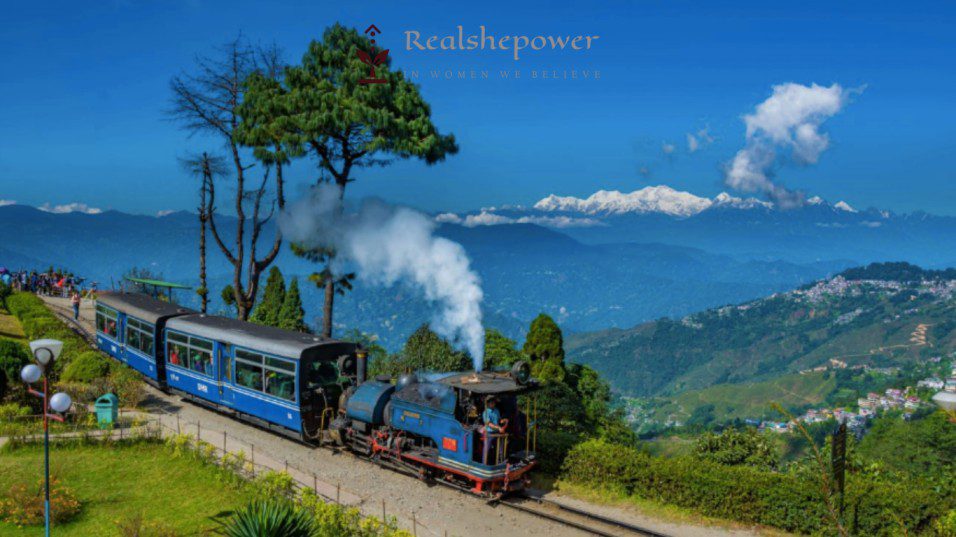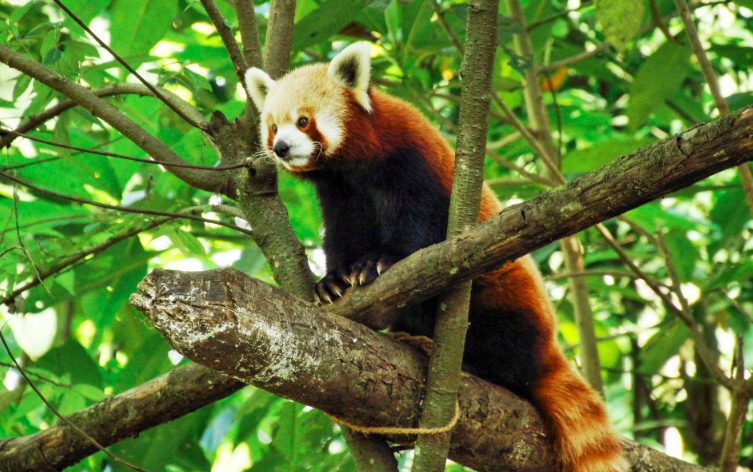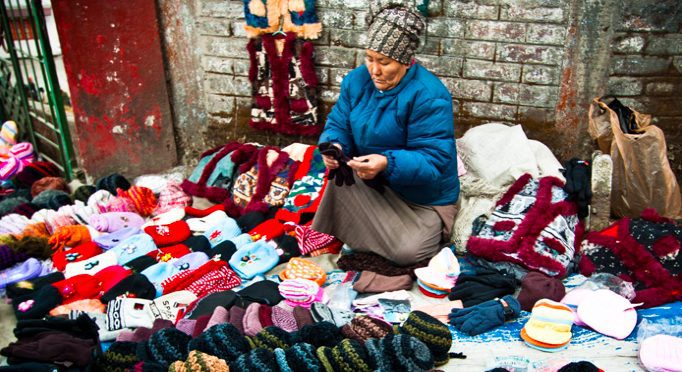Welcome To Darjeeling or Durjaya Linga: The Eastern Beauty of India


Residing on the foothills of Himalayas at an altitude of 6,700 feet is the Eastern beauty of India, Darjeeling. It’s said that the word Darjeeling comes from the Tibetan words “dorje” and “ling.” Dorje means thunderbolt and ling means place. Thus Darjeeling is the place of thunderbolt. Alternatively, some believe that Darjeeling has evolved from the Sanskrit word “Durjaya Linga,” which means “Shiva of invincible prowess who rules the Himalayas.” Either way, the city is indeed blessed with nature’s best creations: mountains, forests, rivers, sunshine and rain. It has it all.
Let’s take a quick tour of the nature’s abode.
Starting with Darjeeling Toy Train
The Darjeeling Himalayan Railway is also known as the Darjeeling Toy Train. It was built between 1879 and 1881 and was India’s first hill railway. In November 1999, it was listed as a UNESCO World Heritage Site, and to date, it draws some of the largest crowds to Darjeeling. The hoots and hisses, the slow-moving ride, and the magnificent views of the surrounding hills are a treat for children and adults alike. Running on a two-foot-wide gauge track between New Jalpaiguri and Darjeeling, a ride on the Toy Train is the perfect start to your vacation in this natural hideaway.
India’s Largest High Altitude Zoo Park: Padmaja Naidu Himalayan Zoological Park

The Padmaja Naidu Himalayan Zoological Park or the Darjeeling Park is India’s largest high-altitude zoo. The park is named after the former governor of West Bengal, Padmaja Naidu, who’s also the daughter of Sarojini Naidu. It was established in 1958 to preserve Eastern Himalayan fauna. Situated at an average elevation of 7,000 feet, it’s India’s only specialized zoo that is internationally recognized for its conservation of endangered Eastern Himalayan animal species. It’s the ultimate getaway for animal lovers and nature enthusiasts.
Awe-Inspiring View from The Tiger Hill

For an awe-inspiring view of the sunrise, head towards Tiger Hill. Don’t be surprised by the number of people there, as they’re all keen to see the majestic view of the sun’s first rays hitting the top of Kanchenjunga. The sight is one to behold, just remember to reach the hill at least two hours before the sunrise to get a front-row spot. If you stay for a little longer, you’ll see varying shades of sunrise on the snow-capped Kanchenjunga. If you forget to pack some early morning snacks, don’t worry, you’ll find many tea sellers there. Relish in Darjeeling tea with these splendid Himalayan views.
Tibetan Refugee Self-Help Centre

In 1959, the Dalai Lama left Tibet and came to India. The event led to thousands of his followers and Tibetan people leaving their country. Since then, Darjeeling has housed thousands of Tibetan people and is home to the Tibetan Self-Help Refugee Center. The centre thrives on the production of its handicrafts, which also get exported to over 36 countries around the world. Some of its most loved handicrafts are Tibetan carpets, thankas, prayer wheels and wood-carved items. Visit this place to see the fine display of art, but above all, visit here to interact with these amazing people who will welcome you with such warmth that you won’t want to leave. There’s something in the air in Darjeeling that causes its people to leave an everlasting impact on your mind. It’s often said that “it’s the people that make the place,” and Darjeeling sure has the best of them. According to many visitors, the people of Darjeeling are the most humble, kind, and ever-smiling beings you’ll ever meet.
Rangit Valley Ropeway

The largest ropeway in Asia, this ride into the clouds is full of thrills, excitement, and a panoramic view unlike any to be seen in the valley. It was started in 1968 and was the first cable car system in India. Take the cable car from Singamari, which is about two miles from Darjeeling’s Chowk Bazaar. In 45 minutes you will travel from an altitude of about 7,000 feet down to 800 feet, all the way down to Singla Bazar. What’s more is that you can take breaks, get off at one of the stops, and let nature’s splendour overwhelm you.
World-Famous Darjeeling tea

Darjeeling tea is world-famous for its unique flavour and aroma. The city’s altitude and high rate of precipitation made it a perfect location to grow the world’s best Darjeeling tea. Today, there are 87 tea estates across seven valleys covering almost all of the Darjeeling hills. No wonder it’s globally acknowledged as one of the leading tea producers in the world. Darjeeling tea is of the highest quality on the planet, but we hope you’ll agree that the city has more to offer than its world-renowned tea.
The Peace Pagoda: Unwind And Relax

Darjeeling provides you with many places to unwind and rejuvenate with positive energy. The Japanese Peace Pagoda is one such place where you’ll find yourself at peace in the truest sense. It was built by Japanese Buddhist monk Nichidatsu Fujii between 1972-1992 in order to guide people towards world peace. It’s located on the hillside of Jalapahar, and if the sky is clear you’ll be able to see the peak of Mount Kanchenjunga from here.
Featured image: Darjeeling Riders
